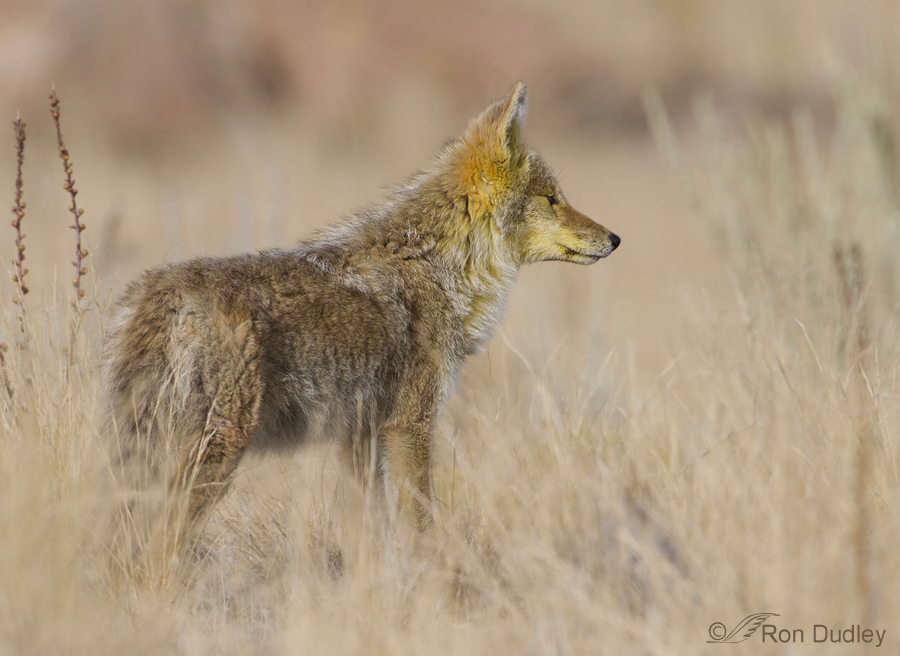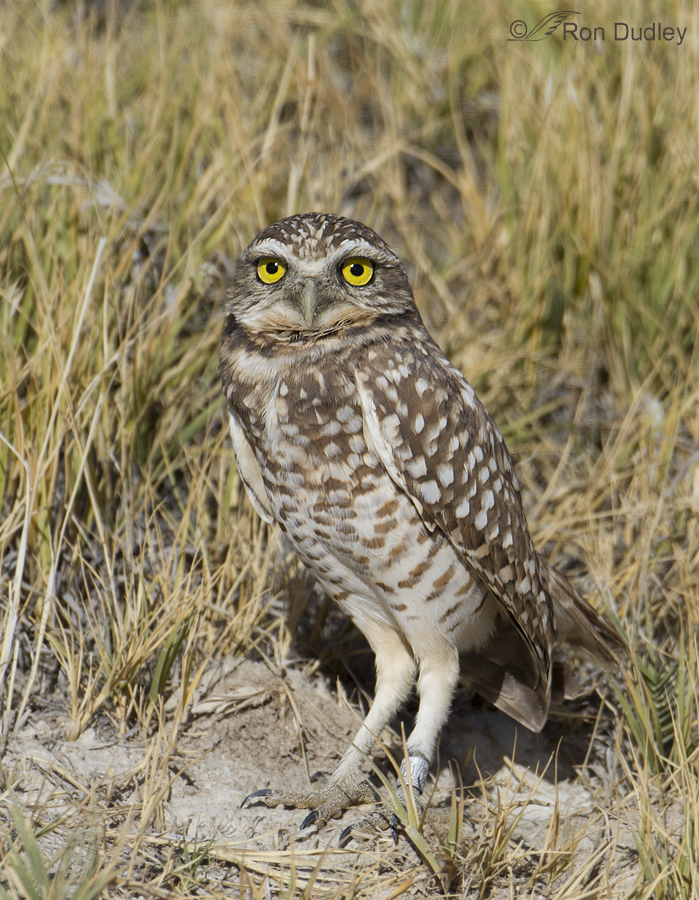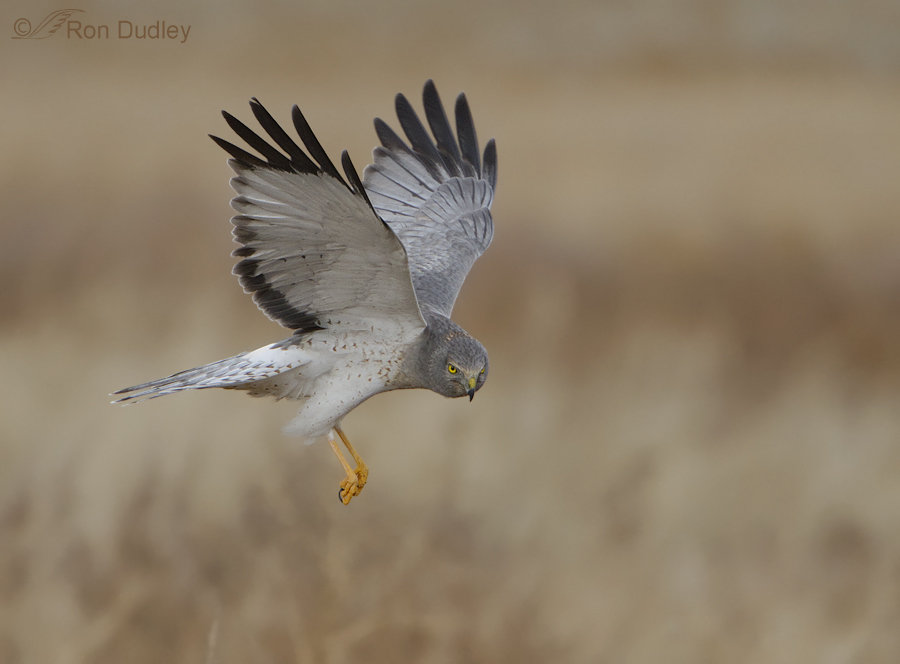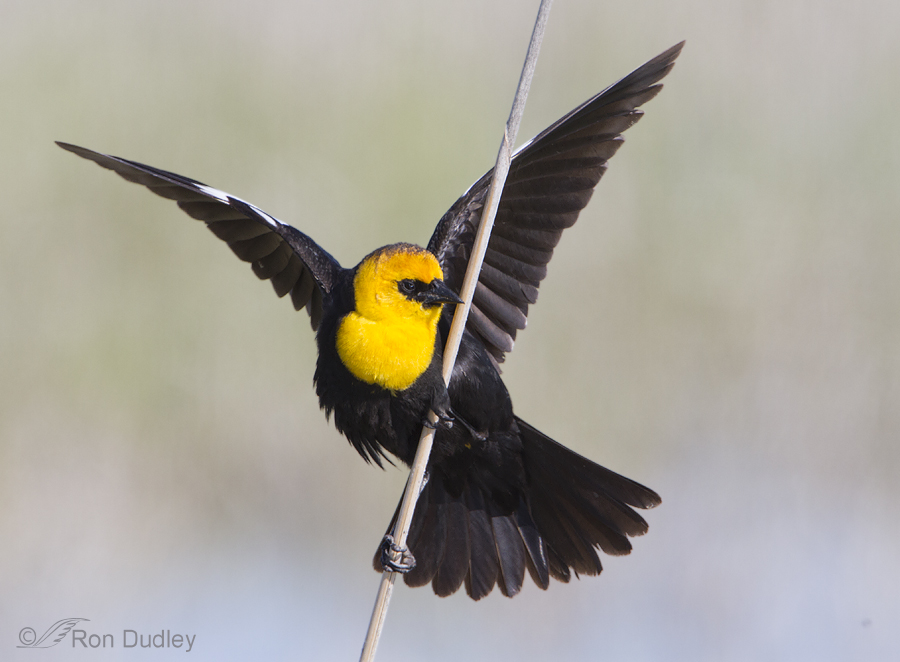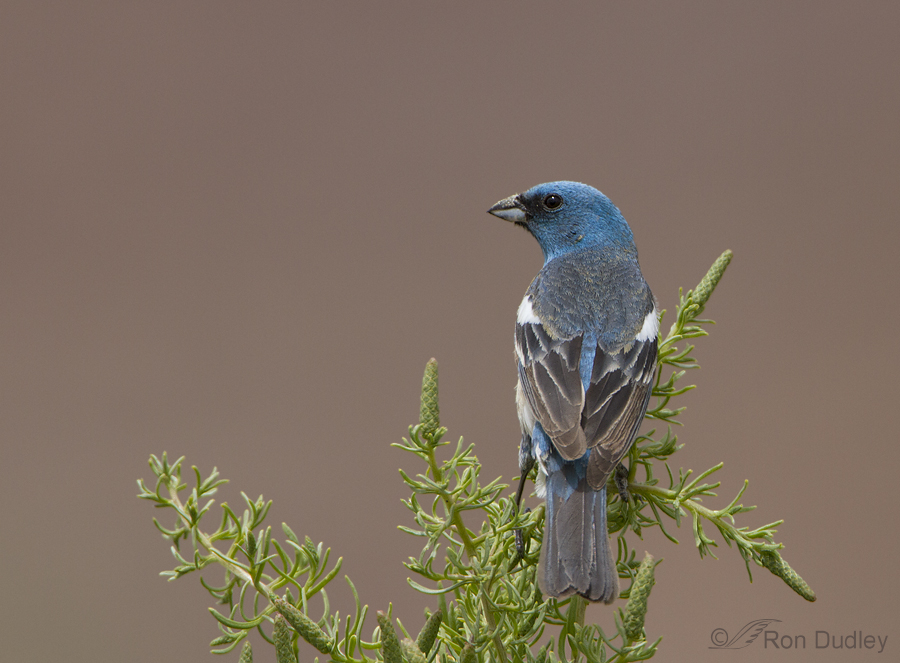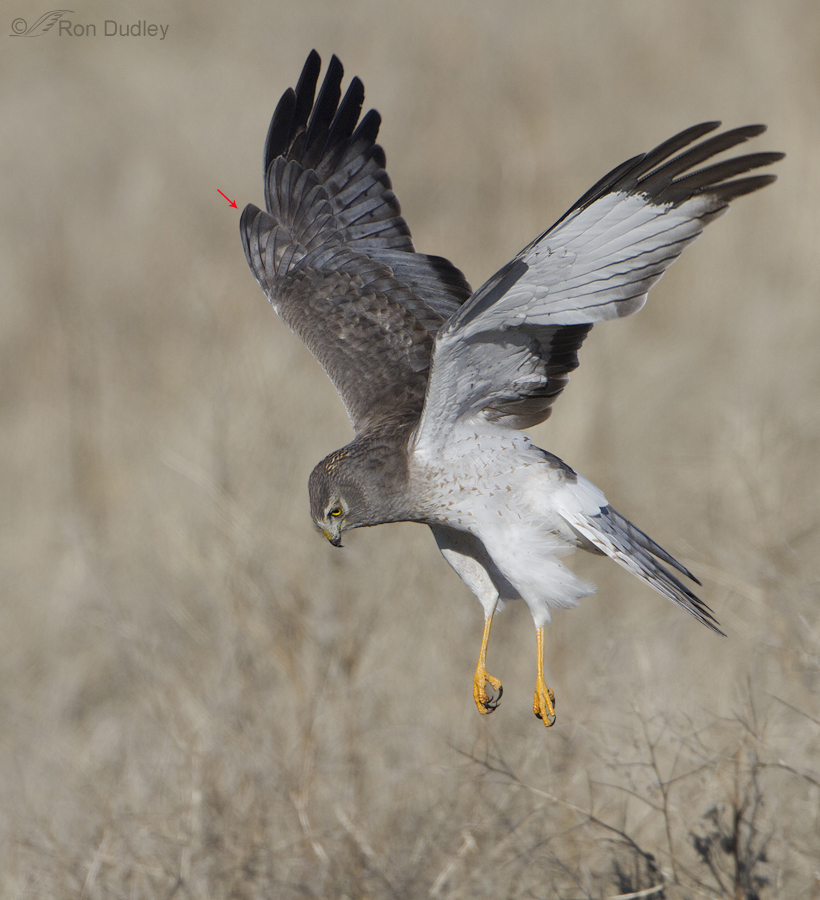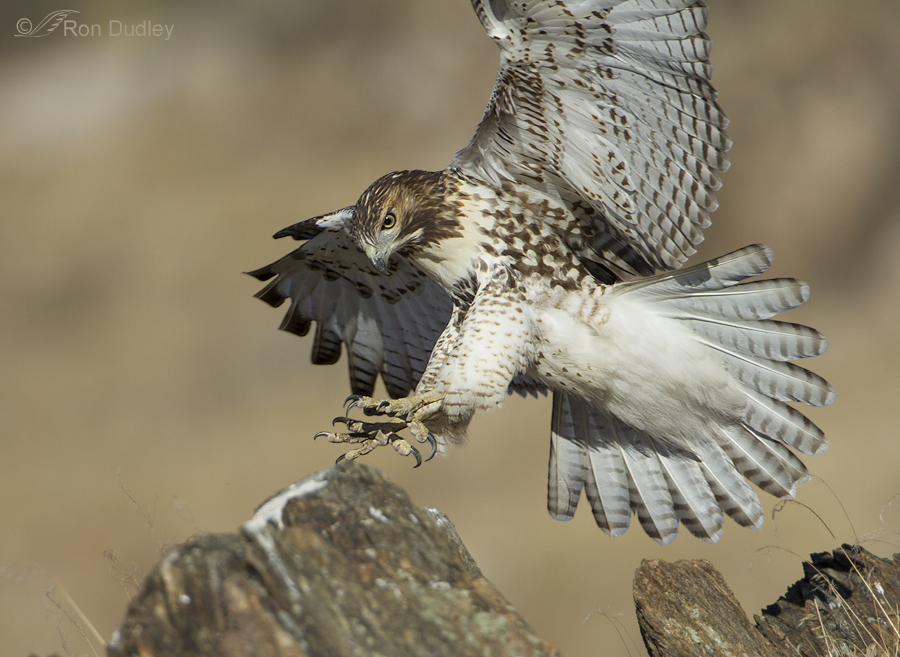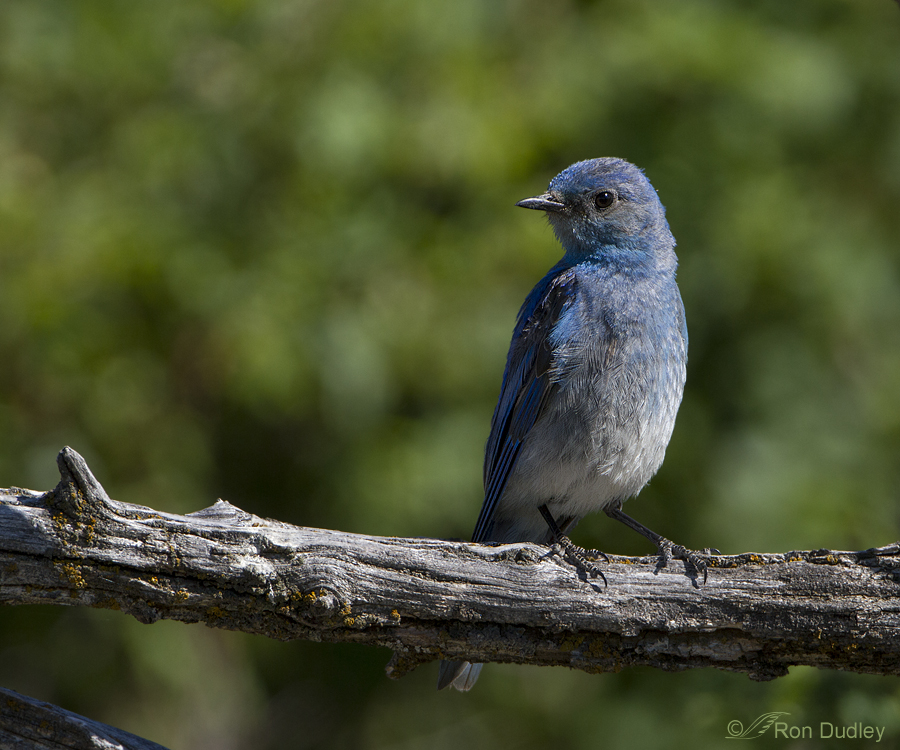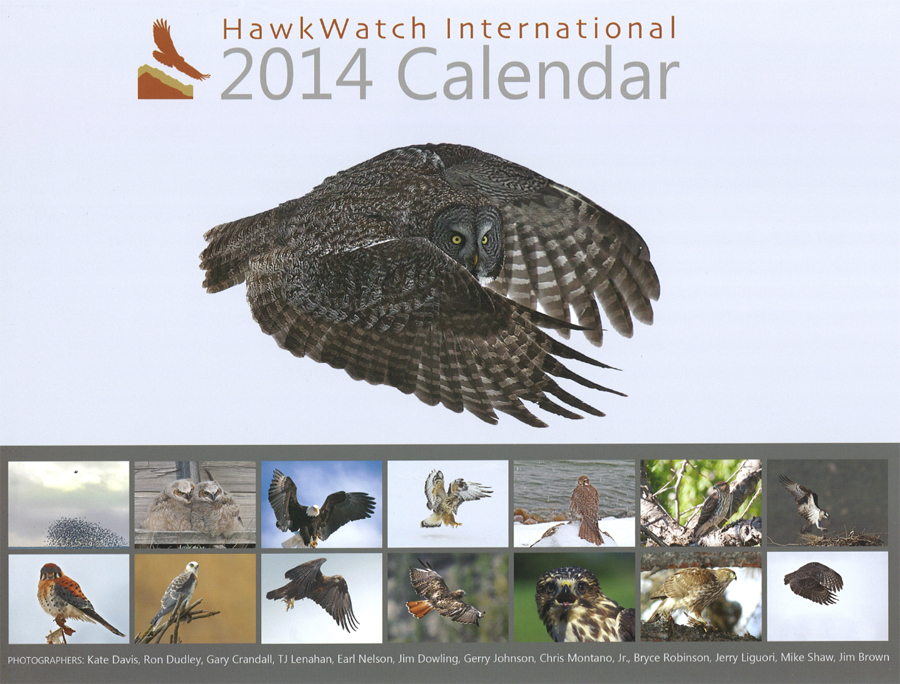Category: Birds
Finally! – Another Antelope Island Burrowing Owl
Male Northern Harrier – Hunting Low And Slow
Yellow-headed Blackbird Displaying
The Interdependence Of Short-eared Owls And Voles
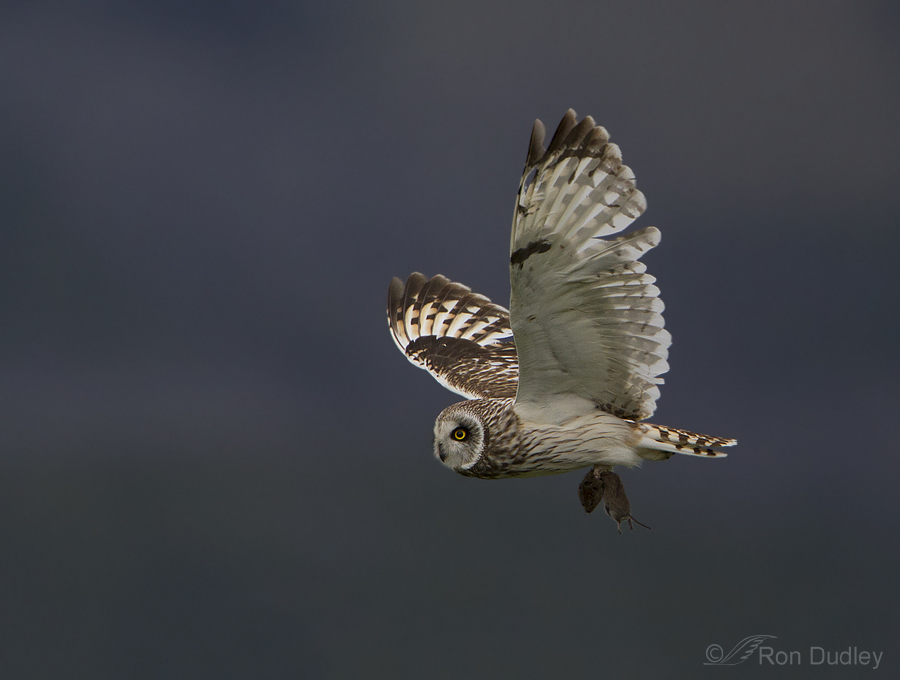
Though Short-eared Owls are one of the worlds most widespread owls, the species is highly dependent on the density of its small mammal prey, voles in particular. Since vole populations fluctuate wildly, Short-eared Owls show significant local variation in numbers and reproductive success from year to year.
Perch-hunting Red-tailed Hawk
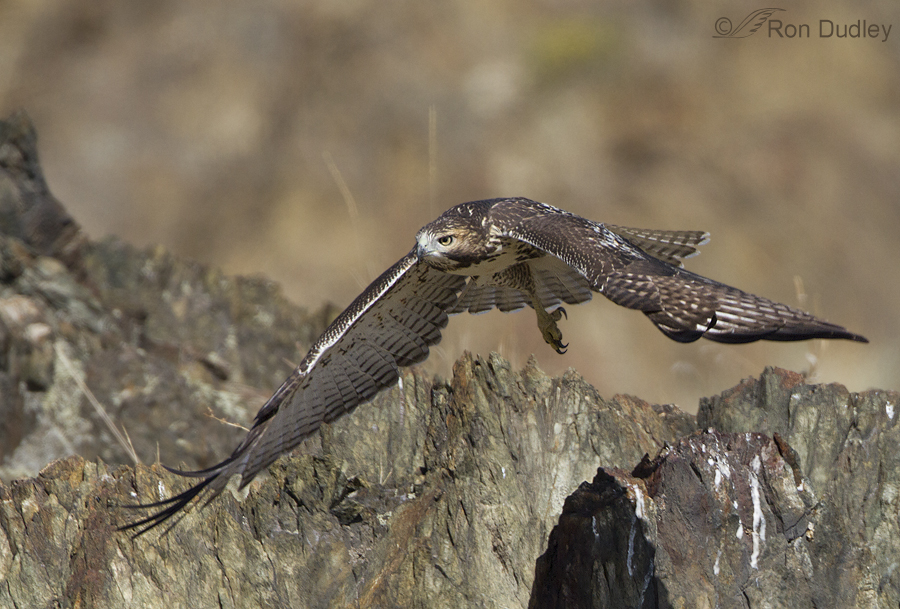
Red-tailed Hawks in North America are “sit and wait predators” who do most of their hunting (60 – 80%) from elevated perches. Though they do hunt from the air, that is not their primary hunting style. In fact, availability of elevated perches is a key factor in determining their foraging distribution.
Antelope Island is largely treeless and without power poles so Red-tails tend to be found in specific locations on the island where elevated natural perches are available. One of their favorite foraging spots is an area where there are large outcroppings of Farmington Canyon Complex rocks jutting out from the side of a small mountain, which is where I found this bird hunting voles
Burrowing Owl In Dramatic Side Light
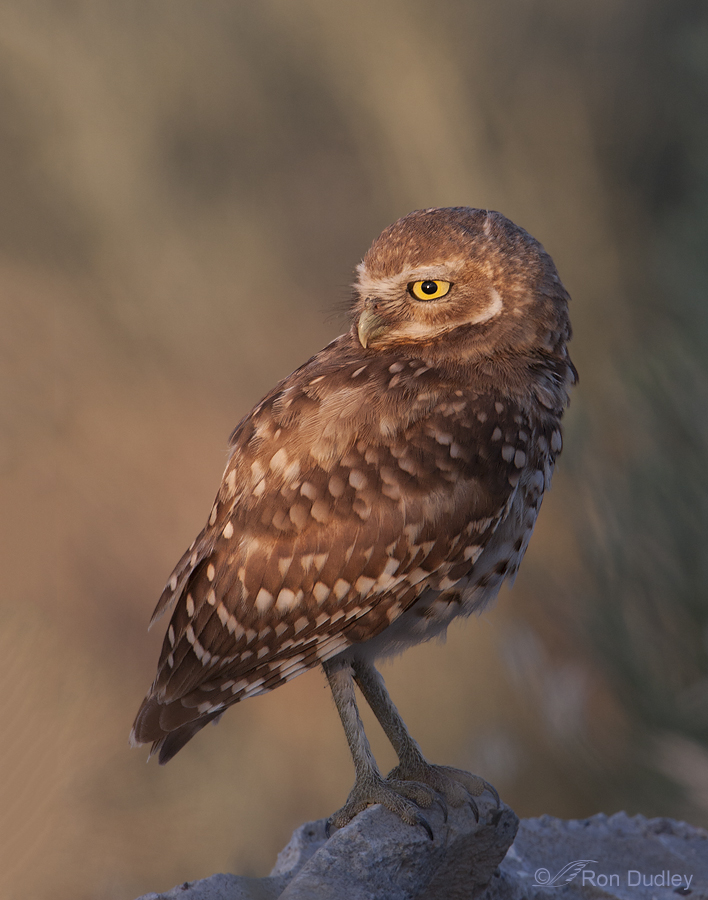
As every photographer knows, light angle can make or break an image. In static portrait shots especially, partial side lighting (at perhaps 45 degrees to your subject) emphasizes texture, patterns and shapes and helps to separate subject from background. It’s been said that side light “sculpts” your subject.
The Last Of The Hummingbirds
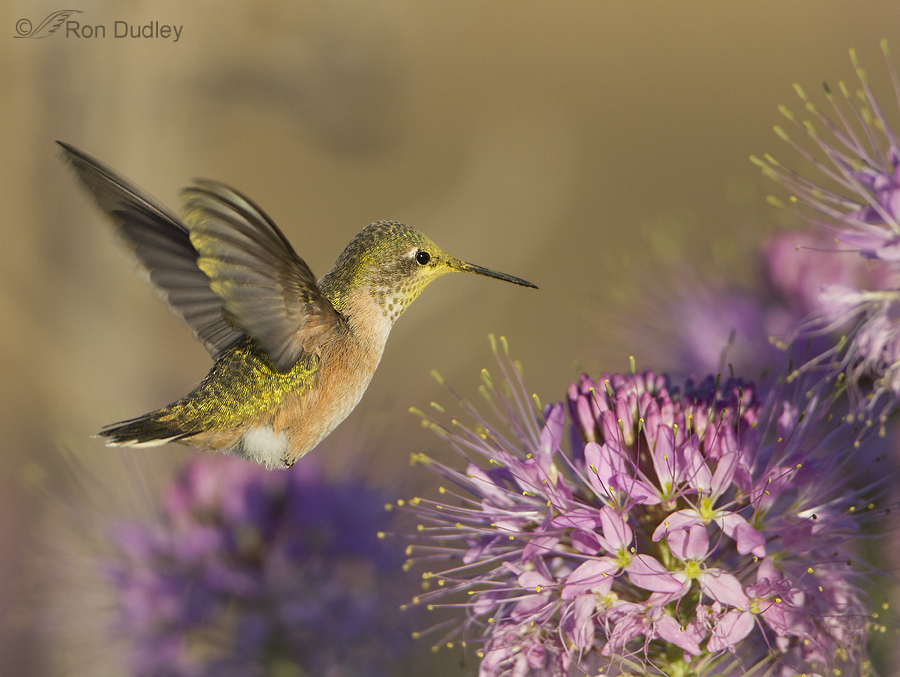
Last night a local birder reported a Black-chinned Hummingbird in his back yard here in the Salt Lake Valley and I was quite surprised to hear about it. I haven’t seen a hummingbird for several weeks and I thought that by now, with our significantly colder weather of late, they’d have all moved on for warmer climes. That particular bird must be a hardy one. Or lost…
But the news reminded me that before the snow flies I planned on posting a few more images of the hummers I photographed on Antelope Island several weeks ago.
Bald Eagle Potpourri
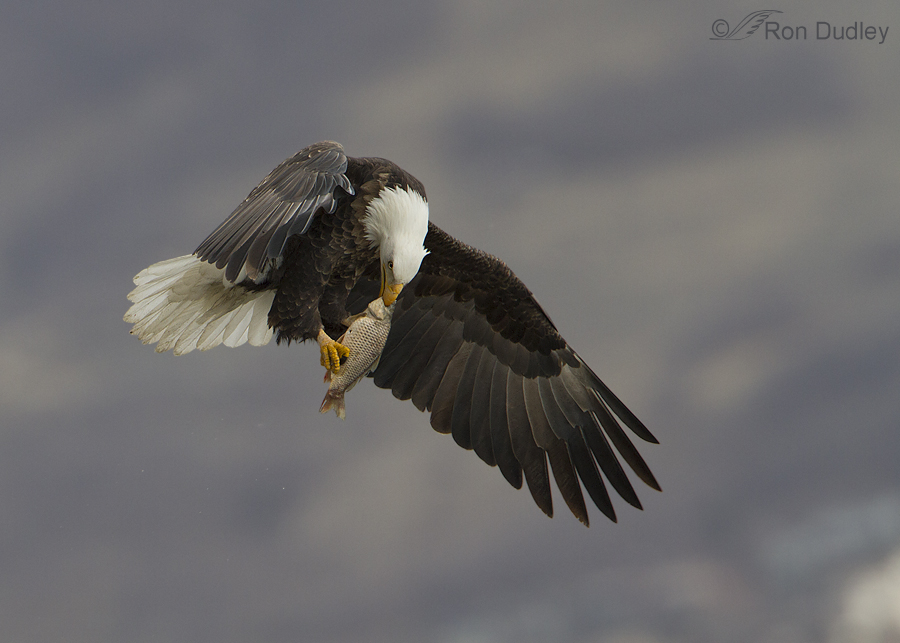
Yesterday morning I saw my first Bald Eagle of the season at Farmington Bay. It was too far away for even mediocre images but it was there! We have a small number of resident eagles in northern Utah but those few birds normally don’t hang out at Farmington this early in the season so I’m not sure if it was a wandering resident or an early migrant. Either way it was a delight to see.
As a result, when I began thinking about today’s post my mind kept returning to eagles so I thought I’d present several images taken at Farmington two winters ago.
Lazuli Buntings In The San Rafael Swell
“Hanging” Northern Harrier – Hunting Low and Slow
Three Burrowing Owls and More Challenges With Depth Of Field
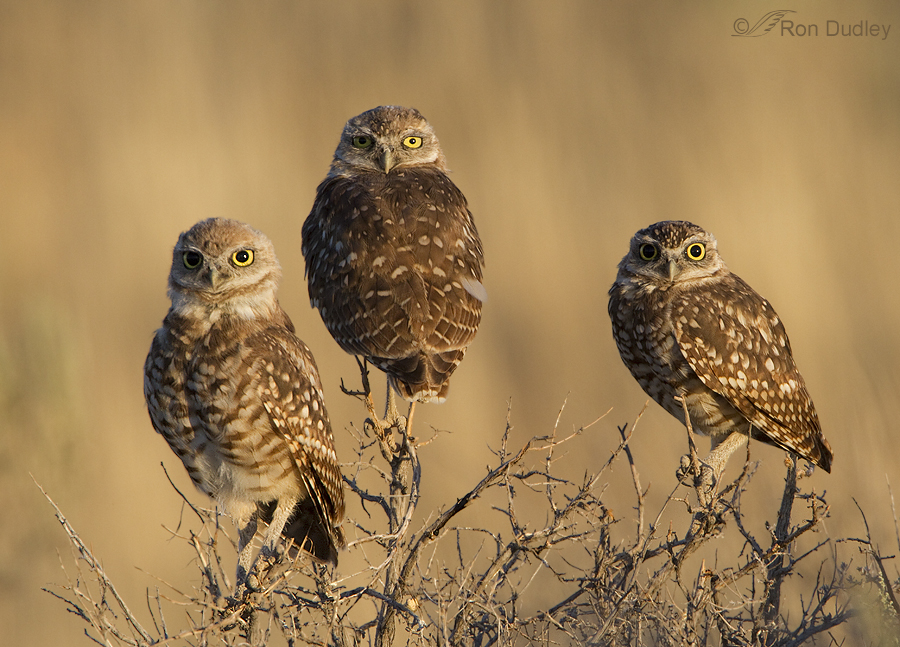
I’d been photographing a family of these birds for several weeks but typical of the species they were usually on the ground with obstructing vegetation in front of them or buried too deeply in the sagebrush. But as I approached them on this early August morning (in my pickup, from the road) there were two juveniles and one adult perched high on the sagebrush in nice warm light and there was a clean, pleasing background. My little heart went pit-a-pat at the opportunity but then I had to deal with the harsh reality of depth of field.
Red-tailed Hawk – Another Optical Illusion
Mountain Bluebird On A Natural Perch (Finally)
HawkWatch International 2014 Calendar
Finally! – Another Antelope Island Burrowing Owl
Male Northern Harrier – Hunting Low And Slow
Yellow-headed Blackbird Displaying
The Interdependence Of Short-eared Owls And Voles

Though Short-eared Owls are one of the worlds most widespread owls, the species is highly dependent on the density of its small mammal prey, voles in particular. Since vole populations fluctuate wildly, Short-eared Owls show significant local variation in numbers and reproductive success from year to year.
Perch-hunting Red-tailed Hawk

Red-tailed Hawks in North America are “sit and wait predators” who do most of their hunting (60 – 80%) from elevated perches. Though they do hunt from the air, that is not their primary hunting style. In fact, availability of elevated perches is a key factor in determining their foraging distribution.
Antelope Island is largely treeless and without power poles so Red-tails tend to be found in specific locations on the island where elevated natural perches are available. One of their favorite foraging spots is an area where there are large outcroppings of Farmington Canyon Complex rocks jutting out from the side of a small mountain, which is where I found this bird hunting voles
Burrowing Owl In Dramatic Side Light

As every photographer knows, light angle can make or break an image. In static portrait shots especially, partial side lighting (at perhaps 45 degrees to your subject) emphasizes texture, patterns and shapes and helps to separate subject from background. It’s been said that side light “sculpts” your subject.
The Last Of The Hummingbirds

Last night a local birder reported a Black-chinned Hummingbird in his back yard here in the Salt Lake Valley and I was quite surprised to hear about it. I haven’t seen a hummingbird for several weeks and I thought that by now, with our significantly colder weather of late, they’d have all moved on for warmer climes. That particular bird must be a hardy one. Or lost…
But the news reminded me that before the snow flies I planned on posting a few more images of the hummers I photographed on Antelope Island several weeks ago.
Bald Eagle Potpourri

Yesterday morning I saw my first Bald Eagle of the season at Farmington Bay. It was too far away for even mediocre images but it was there! We have a small number of resident eagles in northern Utah but those few birds normally don’t hang out at Farmington this early in the season so I’m not sure if it was a wandering resident or an early migrant. Either way it was a delight to see.
As a result, when I began thinking about today’s post my mind kept returning to eagles so I thought I’d present several images taken at Farmington two winters ago.
Lazuli Buntings In The San Rafael Swell
“Hanging” Northern Harrier – Hunting Low and Slow
Three Burrowing Owls and More Challenges With Depth Of Field

I’d been photographing a family of these birds for several weeks but typical of the species they were usually on the ground with obstructing vegetation in front of them or buried too deeply in the sagebrush. But as I approached them on this early August morning (in my pickup, from the road) there were two juveniles and one adult perched high on the sagebrush in nice warm light and there was a clean, pleasing background. My little heart went pit-a-pat at the opportunity but then I had to deal with the harsh reality of depth of field.


